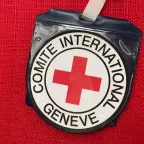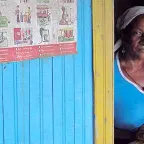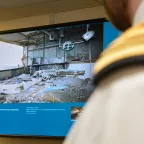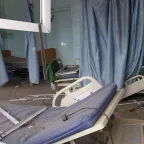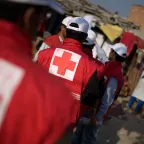Ready-to-use workshop on principles guiding humanitarian action
… The wounded and sick shall be collected and cared for. An impartial humanitarian body, … be found. Its purpose is to protect life and health and to ensure respect for the human … approaching British warships of the imminent danger to which the minefield exposed them. …

